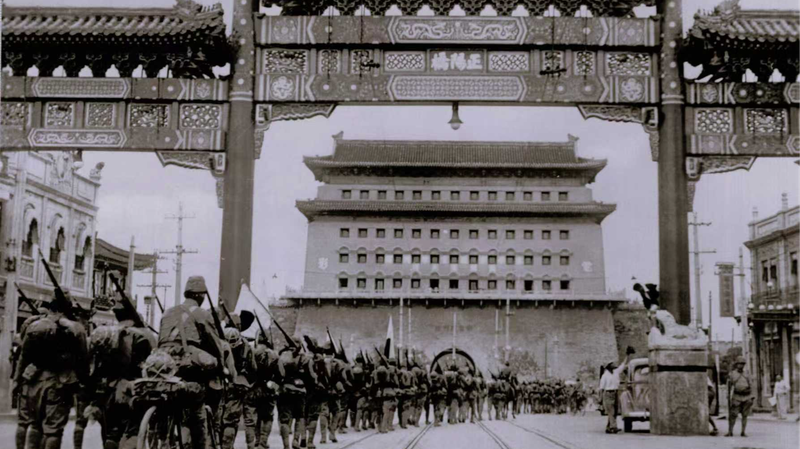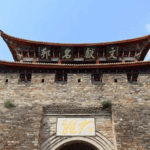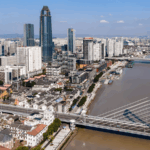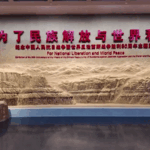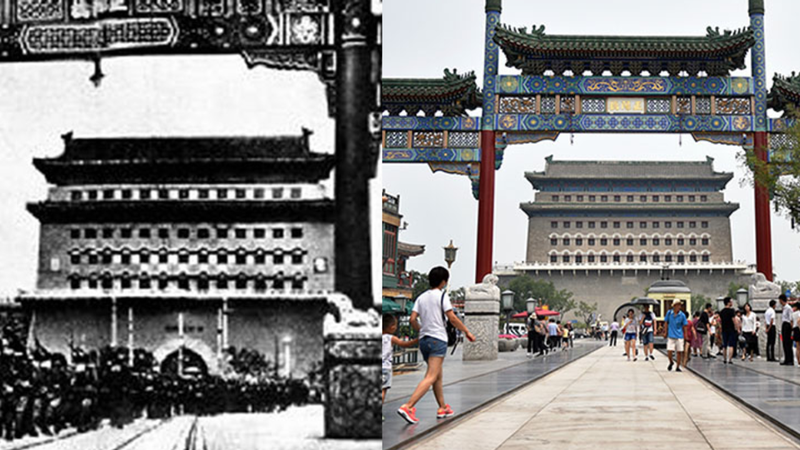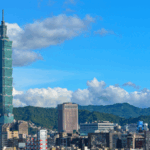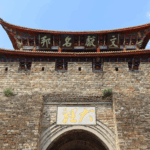Standing resolute on Beijing's central axis, Zhengyang Gate has silently observed six centuries of history unfold. Built during the Ming Dynasty in 1419, this architectural marvel once formed part of the capital's defensive fortifications while serving as a bustling hub for Silk Road traders and imperial processions.
Its weathered stones bear witness to pivotal moments, including the Chinese people's united resistance during the War of Resistance Against Japanese Aggression. Today, meticulous restoration has transformed the gate into a living bridge between eras – its Ming-era watchtower now framed by glass skyscrapers, its ancient passageways humming with electric buses and smartphone-wielding tourists.
"The gate's survival symbolizes our cultural continuity," explains historian Li Wei. "Where merchants once traded silk, office workers now grab coffee – yet the structure still commands the same awe." Nightfall reveals its latest metamorphosis: LED lighting projects dance across ancient battlements during cultural festivals, drawing equal fascination from history buffs and Instagram influencers.
As Beijing accelerates into the future, Zhengyang Gate remains both anchor and compass – reminding global citizens how Asia's rising metropolises preserve identity while embracing change.
Reference(s):
cgtn.com
